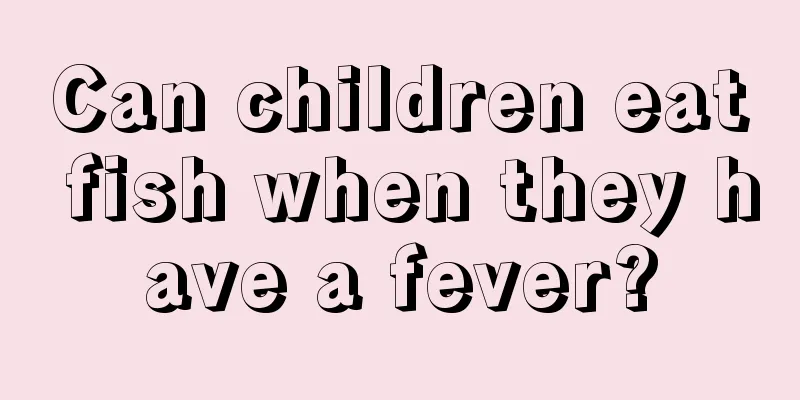What happens if my child has blood in his stool?

|
Although defecation is considered to be a very indecent behavior, it plays a very important role in helping people excrete toxins and food residues from the body and ensure the health of the body. Once there is a disease problem in the body, especially intestinal problems, it may cause problems with bowel movements. Therefore, observing the state of the stool is an important reference indicator for health. Let’s take a look at what happens if a child has blood in his stool? 1. The mother's nipples are ulcerated and bleeding. During breastfeeding, especially in the early stages, the mother's nipples are prone to ulceration. If the child swallows the blood from the mother's ulcerated nipples, the stool will contain a small amount of pink or red substance. The stool test will not detect red blood cells, but occult blood can be detected. In this case, the child usually eats normally and grows normally, so parents do not need to worry. 2. Taking iron supplements (iron foods) If a child takes a multivitamin preparation or iron supplement containing iron, not all of the iron will be absorbed and a small amount will be excreted through the intestines. At this time, the stool may contain dark brown spots, and the fecal occult blood will be positive. This situation has nothing to do with the child's intestinal development or disease. As long as the child grows normally, there is no need to worry. 3. Damage to the small intestinal mucosa If the small intestinal mucosa is damaged, the stool will also contain red substances and the stool test for occult blood will be positive. Accidental ingestion of medications or foreign objects can cause damage to the intestinal mucosa, but for young babies (baby food), this possibility is very small. Most intestinal damage is caused by food, the most common of which is milk. The intestines cannot tolerate certain foods, causing damage to the small intestinal mucosa and blood to enter the intestinal cavity. Since the blood stays in the intestine for a while before being excreted with the stool, it will be destroyed by the intestinal fluid during this period. Therefore, stool testing can only detect occult blood in the stool, but no red blood cells. 4. Anal fissure If fresh blood is visible in the stool and the blood is attached to the surface of the stool, and examination shows the presence of red blood cells, it is mostly caused by anal fissure. As mentioned in the fourth example, the child will cry and have difficulty defecating, but the stool may not necessarily be dry and hard. Because the anal sphincter of infants is not fully developed and the coordination of contraction and relaxation is not perfect, small cracks often occur during defecation, resulting in a small amount of blood in the stool. At this time, apply a small amount of antibiotic ointment on the anus and the condition will soon improve. |
<<: How long does it take for children's conjunctivitis to heal?
>>: What happens if my child has diarrhea and bloody stools?
Recommend
What should I do if my 3-year-old child refuses to eat? This is what parenting experts say
If a child doesn't eat, the first thing you n...
Baby teeth have white spots and depressions
When you find white spots on your baby's teet...
What should I do if my child has a cold and fever repeatedly?
Some children have caught a cold and had a fever....
How to treat a foreign body sensation in a child's throat
When your child feels there is a foreign object i...
What to do if your baby has acute tonsillitis
Acute tonsillitis is a disease that babies can ea...
What should I do if my child has a fever during the day?
It is not so rare for children to have a fever. I...
What causes stubborn constipation in children?
Many people will have some constipation. When con...
What is the shape of a three-month-old baby's stool?
Nowadays, mothers are getting younger and younger...
Why does my 40-day-old baby not sleep during the day?
There are always many unexpected things in the ba...
Symptoms of rheumatoid arthritis in children
I believe everyone is familiar with the symptoms ...
How to treat pneumonia in a full-month baby
Pneumonia is a relatively serious disease for us ...
How can I relieve long-term constipation in children?
Children's gastrointestinal function is relat...
What should I do if my child has yellow water discharge from his ears?
I don’t know if your children have ever experienc...
What should I do if my child has poor academic performance?
Every parent hopes that their child will do well ...
Why does the back of the child's head sweat?
We all know that children are naturally lively an...









